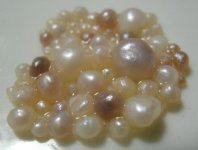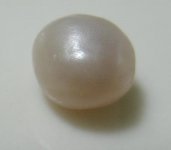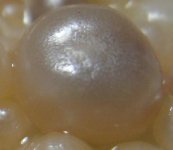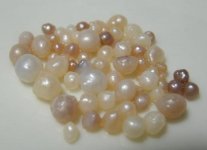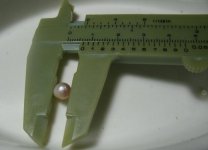FrenchPearl
Member
- Joined
- Feb 9, 2013
- Messages
- 155
Thank you Dave, for the clarification.
There is a beautiful paradox in this thread:
On one hand, I'm relieved to know that those pearls are indeed natural (in part because they "present" so much like naturals ; on the other hand, I'm excited about the possibility of "reasonably priced" cultured pearl that would look just like those naturals ....
; on the other hand, I'm excited about the possibility of "reasonably priced" cultured pearl that would look just like those naturals ....
Good continuation with your research and innovations !
There is a beautiful paradox in this thread:
On one hand, I'm relieved to know that those pearls are indeed natural (in part because they "present" so much like naturals
Good continuation with your research and innovations !

